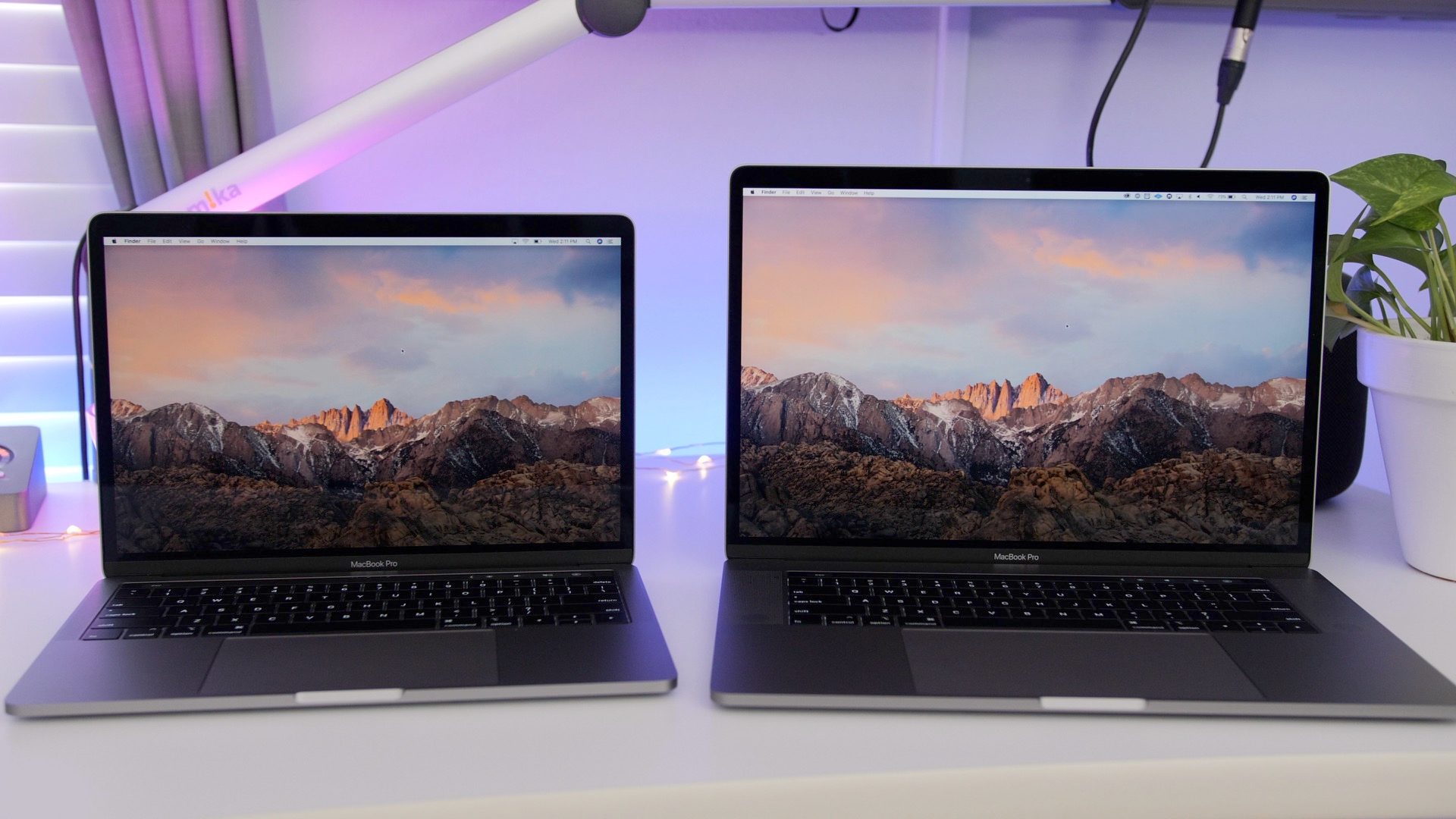

How to completely wipe a MacBook Pro/Air? Table of Contents about How to wipe MacBook Pro: Wipe your MacBook hard drive in macOS Recovery mode.Something to remember is that the more extensive the erase procedure, the longer it will take. For example, to run a 35-pass erase on a hard drive called “Macintosh HD” you enter the following:ĭiskutil secureErase freespace 3 /Volumes/Macintosh\ HD To run a 7-pass erase of your SSD drive in “JohnB-Macbook”, you would enter the following:ĭiskutil secureErase freespace 2 /Volumes/JohnB-MacbookĪnd remember, if you used a space in the name of your Mac’s hard drive, you need to insert a leading backslash before the space. DRIVE should be changed to the name of your hard drive. 0 is a single-pass run of zeroes 1 is a single-pass run of random numbers 2 is a 7-pass erase 3 is a 35-pass erase and 4 is a 3-pass erase. You’ll need to change VALUE to a number between 0 and 4. That tells your Mac to securely erase the free space on your SSD. Once your Mac has booted into the Recovery partition, click the Utilities menu and select Terminal to launch it.ĭiskutil secureErase freespace VALUE /Volumes/DRIVE Terminal lives in the Utilities folder, but you can access Terminal from the Mac’s Recovery System, as well. Terminal provides you with command line interface access to the OS X operating system. But if you’re set on it, you’ll need to use Apple’s Terminal app. It’s a little more involved but it works.īefore we get into the nitty-gritty, let me state for the record that this really isn’t necessary to do, which is why Apple’s made it so hard to do. If you don’t want to take Apple’s word for it, if you’re not using FileVault, or if you just want to, there is a way to securely erase free space on your SSD. It is better to boot your MBP into macOS Recovery while your SSD is protected with FileVault, then wipe the drive and reinstall macOS.įrom this post at Backblaze are instructions on how you can also use Terminal commands whilst in macOS Recovery to do the secure erase you're looking for: Because you have a SSD installed in your MBP, you cannot use the 'secure erase', nor the 'erase free space' options in Disk Utility.


 0 kommentar(er)
0 kommentar(er)
